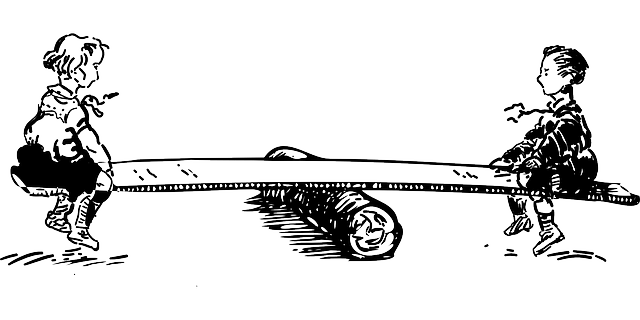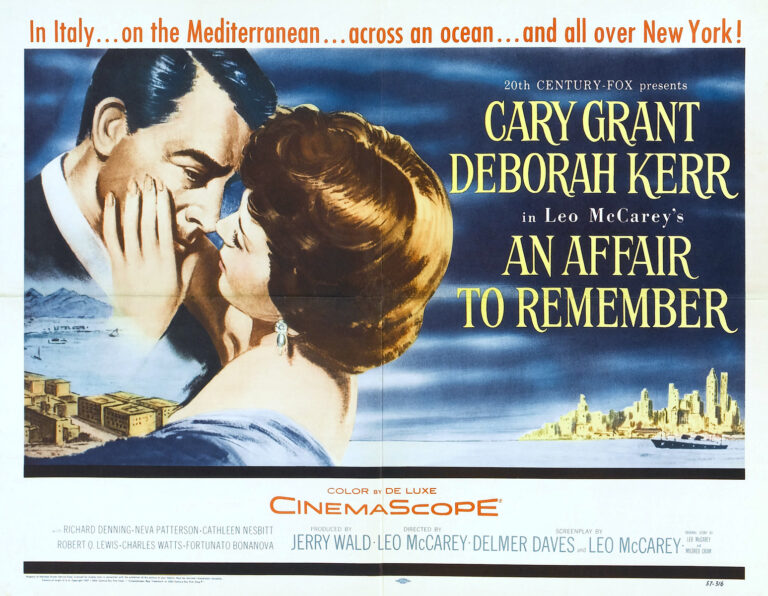How To Balance Character and Plot in a Mystery Novel

Your Detective and The Puzzle
Most writers think of mystery novels a plot-driven stories which focus on a set of choices a character must make. The sleuth, professional or amateur, must make choices among an array of clues and suspects to arrive at the puzzle solution, the villain.
But, ask a devoted mystery reader to name their favorite mystery and you’ll most likely hear the Millhone, Vera Stanhope, Maigret, Falco… They may or may not remember the first or last name name of a fictional detective: Morse, Poirot, Cadfael, Harry Hole, Bosch, Nero Wolfe, Kinsey of the character or the author’s name, but they remember the character.
Of course, the puzzle was there for each of those sleuth’s to solve, but what made the story memorable was the character.
So, driving your mystery puzzle you want a memorable sleuth. Underneath the puzzle, is the way your protagonist sleuth deals with inner conflicts and relationships with other characters in your story.
Know Your Sleuth
You sleuth leads the reader through the mystery puzzle. Like a guide, your sleuth poses questions about clues and suspects. Give depth to your sleuth and other characters by providing them with strengths and weaknesses. Put those strengths and weaknesses at odds with those of other characters.
Avoid making your sleuth all good. A one-dimensional character doesn’t garner reader engagement. You want you reader to care what happens. Create traits that endear readers to your protagonist, even when they make a mistake. That emotional punch keeps your reader wondering how your character will rescue himself. You add emotional tension to the story.
Weaknesses and frailties make your sleuth protagonist human. He may be a good guy, but give him faulty motivations. Maybe she really is a bitch when she loses her temper. Your readers will engage with a character who struggles with weaknesses. They feel human.
You sleuth must fail. She doesn’t always get it right. He makes bad calls that create worse situations. Give your character wrong ideas. A sleuth that always gets it right doesn’t challenge your reader.
As your sleuth interacts with other characters you have multiple opportunities to display strengths, weaknesses, and personal opinions.
Your goal is to make your sleuth come alive so readers care.
The Puzzle
Creating the mystery puzzle is the structure of your mystery. Create the overall tension in your mystery by creating a set up, a discovery journey, and a final payoff. Go from the initial crime, through clues and discovering the victim’s world, honing in on the villain, and the final reveal.
The story framework (plot) leads your detective, and the reader, on a discovery journey. Along the way, your detective makes choices about what clues are important, evaluates which suspects to interview and what those suspects say. As the story progresses and the detective eliminates suspects, she gets closer to the villain.
Along the way, the detective makes wrong choices which lead to reversals, rethinking, and further discovery actions.
Behind the scenes, the villain works to deceive and divert the detective from the truth.
Depending on your detective’s skills, he finally discovers the villain and confronts them as he reveals the villain.
Plan and Write
Before you write, plan your overall story structure and develop character backgrounds for each of your characters.
As you write, the story structure keeps you on track. You know what will happen next so your focus remains on bringing each scene to life.
Knowing each character allows you to use the details you need to enliven each scene. Because you’ve done background work for supporting characters, you know how their personal traits can help or hinder your detective on their search for the truth.
New York Book Editors recommend questions to ask as you write.
When Writing a Plot Driven Story , Answer These Questions About Each of Your Main Characters:
- What is the character’s back story?
- What is the character’s personality?
- How was the character’s personality shaped by his/ her back story?
- How does each scene develop the character?
- What is driving the character’s reaction within the scene (based on his/ her back story)?
- How does your character change within the course of the story?
- What is the character’s internal conflict?
- What is the character most afraid of?
- How would he / she define happiness?
When Writing a Character Driven Story , Answer These Questions About Your Plot:
- What does your character want to happen in each scene?
- Is there tension or conflict within each scene?
- What action does the character take within each scene?
- How does this action move the story forward?
- How does each scene contribute to the overall story?
- What is the worst thing that can happen to your character(s)?
- How does your character prevent it from happening?
- What happens if your character cannot prevent it from happening?
- What key events change the main characters in your story?
To create balance in your mystery, create character driven scenes, scene-by-scene, as they fit inside your plot structure. When you work on both story elements you’ll write a mystery that satisfies mystery tropes while engaging readers with three-dimensional characters.
Writing a mystery challenges the new writer to meet reader expectations and create a story that engages and empathizes with the characters. Write A Killer Mystery is a course to guide new mystery writers from story idea through the complexities of plotting and character development. Find out more at Write A Killer Mystery.






